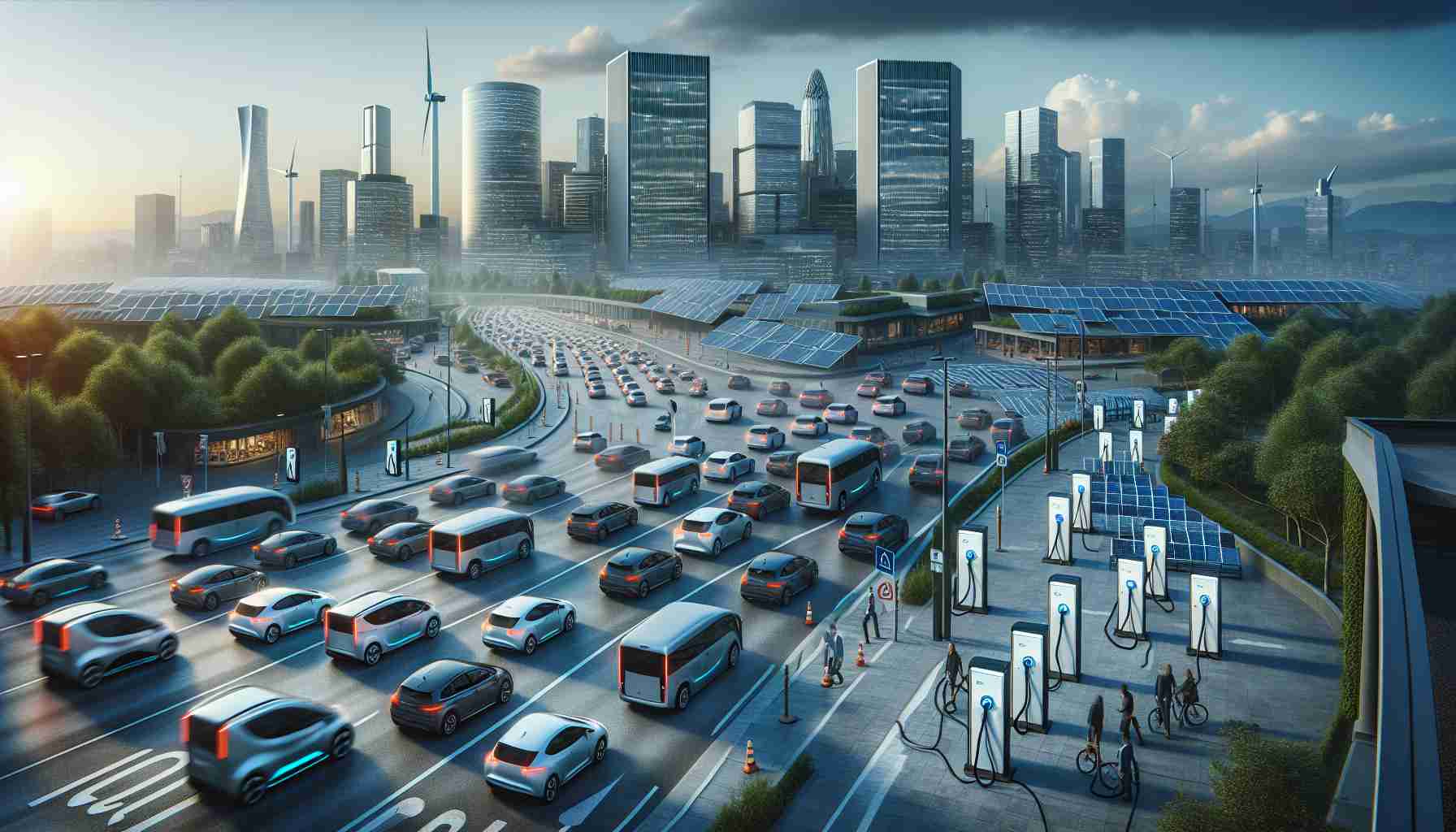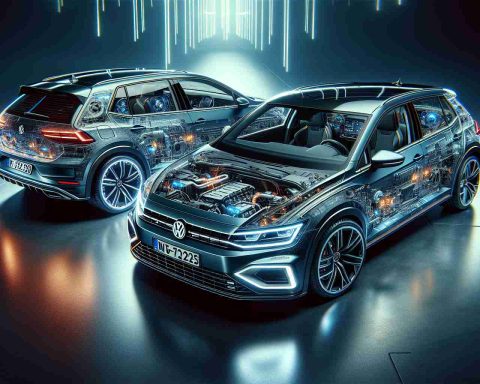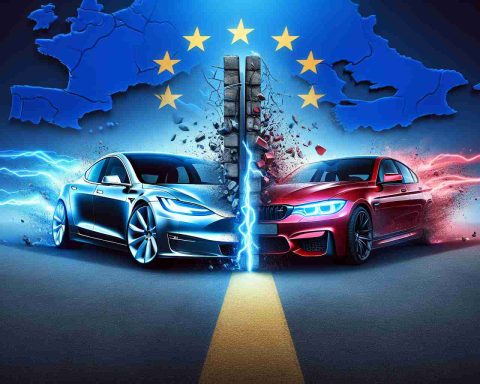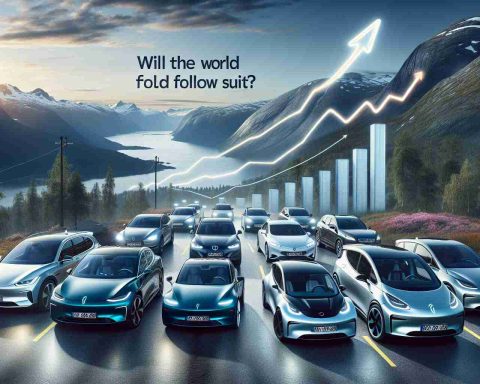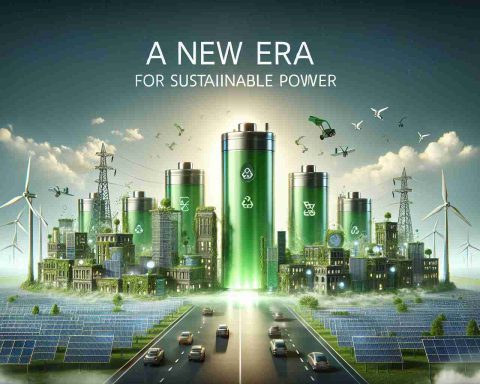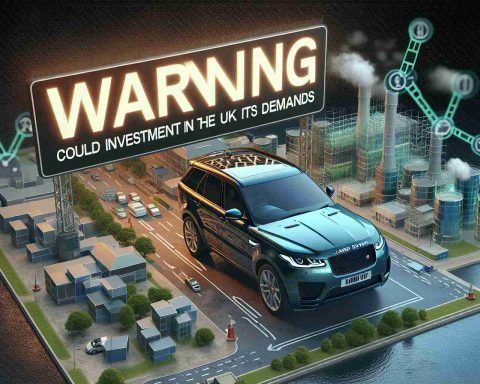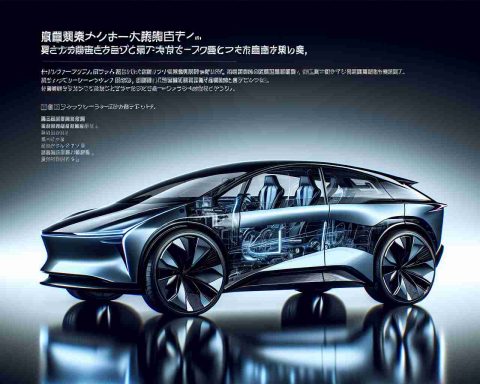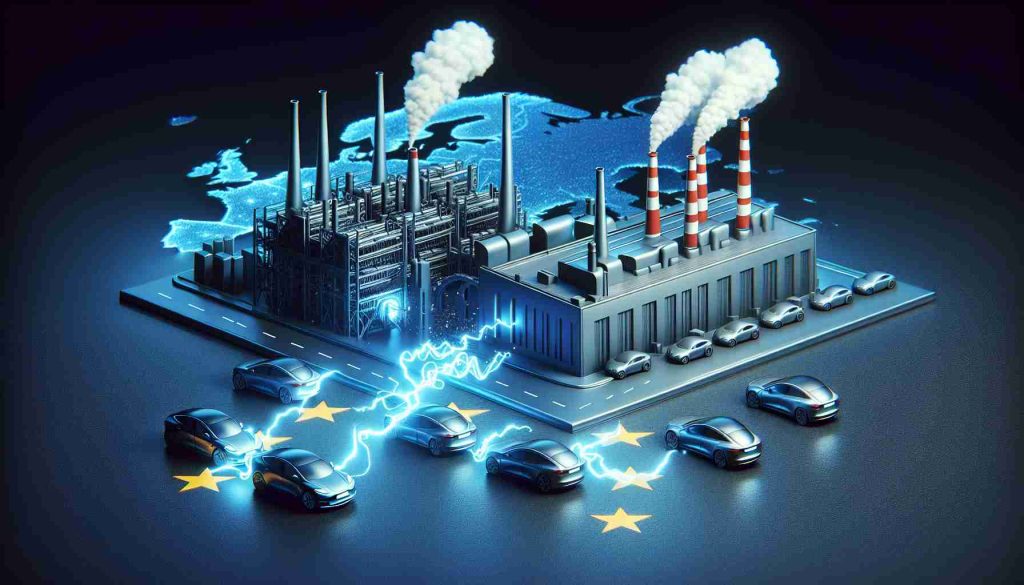- Norway aims to sell only fully electric vehicles starting this year, with a record 96% of new car registrations in January being electric.
- Out of 9,343 new cars sold, 8,954 were electric, showcasing a dramatic shift in consumer preferences.
- Norway plans to achieve zero emissions by 2025, surpassing the European Union’s target by a decade.
- Incentives such as tax breaks, free public parking, and toll exemptions make electric vehicles more appealing.
- Norwegian drivers benefit from a robust nationwide charging network, facilitating easy travel.
- Experts believe Norway is on track to reach its ambitious electric vehicle goals, setting a global example.
Norway is racing toward an astonishing milestone: selling only fully electric vehicles starting this year! With a breathtaking 96% of new cars registered in January being electric, Norway stands unrivaled on the global EV stage.
In a striking report, the Norwegian Road Federation revealed that out of 9,343 new cars sold last month, a remarkable 8,954 were electric. Surprisingly, among the 50 best-selling models, only two were traditional gas cars, making Norway a beacon of electric innovation!
As the European average lags at just 13.6%, Norway is blazing its own trail while planning to go entirely “zero emission” by 2025— a full decade ahead of the European Union’s target. Interestingly, Norway hasn’t banned gas-powered vehicles; instead, it has transformed EV ownership into a financially irresistible choice. Tax breaks and perks like free public parking and exemption from tolls entice drivers to make the switch.
Norwegian streets are dotted with an array of electric vehicles, from Teslas to affordable Chinese models, thanks to a seamless nationwide charging network. Frode Hvattum, a father of three and proud EV owner, shares how easy it is to travel with ample charging stations, turning trips into effortless adventures.
Experts predict that even if Norway falls short of a complete electric conversion this year, it will still achieve its ambitious goal. As the excitement builds, the world watches and wonders: could Norway’s electrifying journey redefine how we think about cars?
Join the electric revolution—because the future of driving is here!
Norway’s Electric Vehicle Revolution: Is the World Ready to Follow?
The transition to electric vehicles (EVs) is not just a Norwegian phenomenon; it’s a global trend gaining momentum. As Norway sets the pace, other countries are reassessing their own strategies to promote sustainable transport. Here’s a look at some critical insights and new information surrounding this exciting development.
Key Insights and Innovations
1. Government Incentives: Beyond tax breaks, Norway provides substantial incentives such as exemptions from import taxes and reduced VAT for electric vehicle purchases, effectively making EVs more affordable and attractive than their petrol counterparts.
2. Infrastructure Development: Norway’s investment in a robust charging infrastructure is crucial. Currently, there are over 8,000 public charging stations across the country, including fast chargers that allow for rapid recharging, significantly easing range anxiety for consumers.
3. Market Segmentation: The thriving EV market in Norway isn’t limited to luxury vehicles. Brands like BYD and Polestar are gaining traction, appealing to consumers looking for budget-friendly electric options without sacrificing quality or performance.
4. Environmental Impact: The shift towards electric vehicles is also seen as a reduction in greenhouse gas emissions. An estimated 60% reduction in CO2 emissions from the transport sector is projected as EV adoption increases.
5. Sustainability: Norway’s pursuit of sustainability extends beyond vehicles. The country aims to source 100% of its electricity from renewable resources, predominantly hydropower, which complements the EV initiative.
The EV Landscape: Pros and Cons
Pros
– Environmental Benefits: Major reductions in carbon footprint.
– Economic Growth: Norway’s EV market is creating jobs and stimulating its economy.
– Health Improvements: Reduction in air pollution leads to better public health.
Cons
– Dependency on Grants: Some argue that the EV market’s growth relies heavily on government subsidies that may not be sustainable long-term.
– Battery Production Concerns: Environmental impacts of battery production and disposal remain contentious issues.
Important Questions Answered
1. What factors contribute to Norway’s success in electric vehicle adoption?
– The success is largely attributed to comprehensive government policies, extensive charging infrastructure, and strong public support fueled by environmental awareness.
2. How does Norway’s strategy compare to other countries?
– Many countries, like Germany and the UK, have set ambitious EV targets, but Norway’s incentives and early adoption give it a competitive edge, making its model more attractive and feasible for rapid transition.
3. What is the forecast for electric vehicle adoption in Norway and beyond?
– Experts believe that by 2025, Norway will achieve its goal of having a zero-emission fleet. The momentum could propel other nations to expedite their EV plans, especially as manufacturers roll out more affordable electric models.
As Norway leads the charge in electric vehicle sales, the world watches keenly, eager to learn from its innovative strategies. If you’re interested in exploring more about the global transition to electric vehicles, check out EV-Volumes for comprehensive market analysis.
Transitioning to electric vehicles is more than just a trend; it’s a glimpse into a sustainable future where driving eco-friendly becomes the norm.
